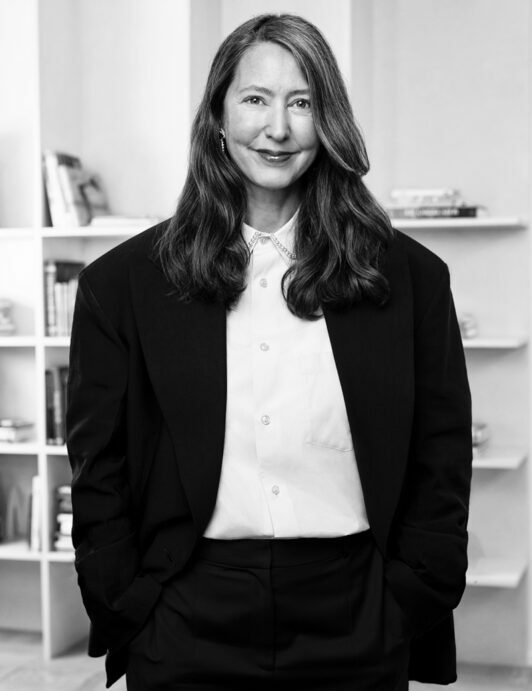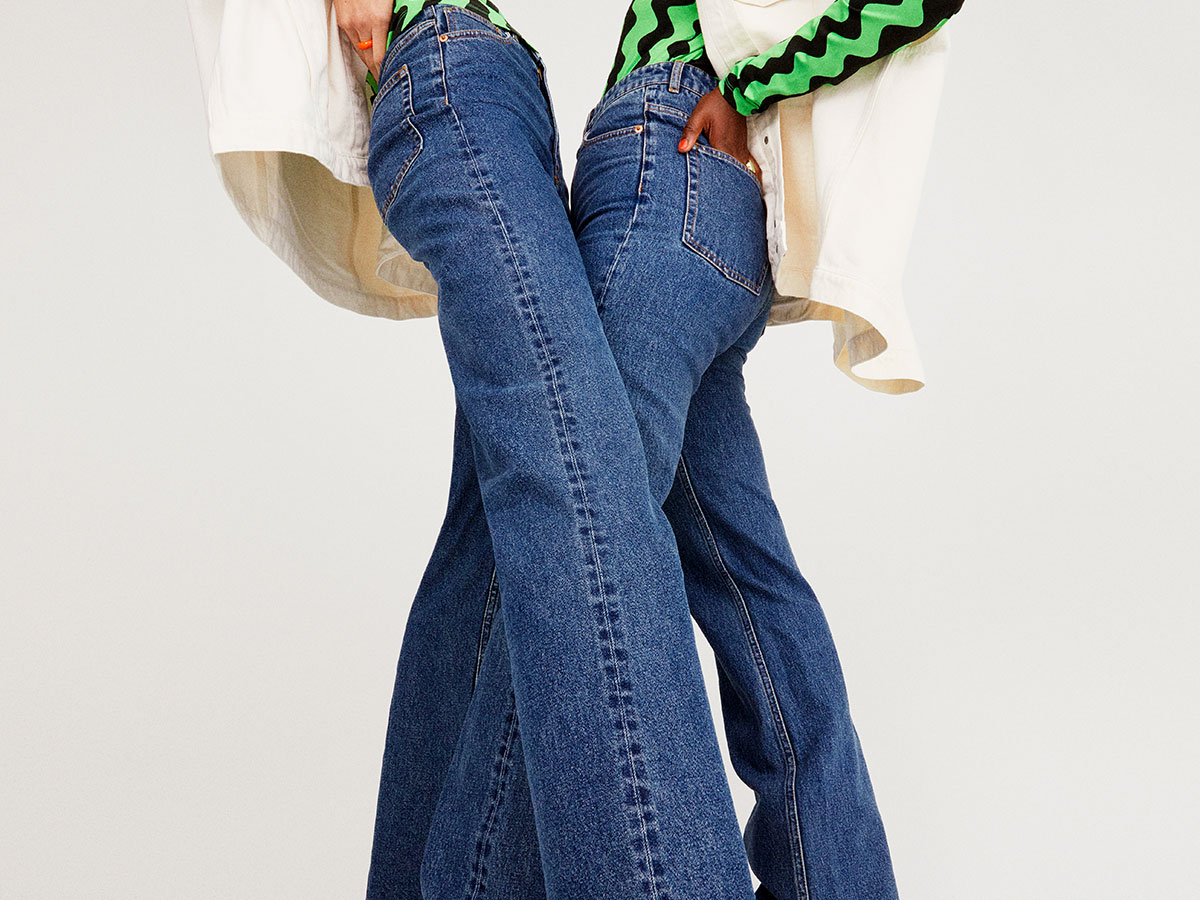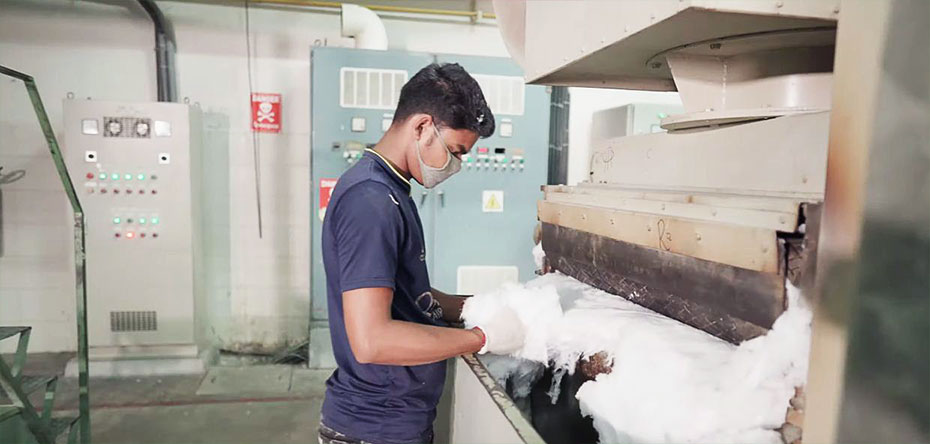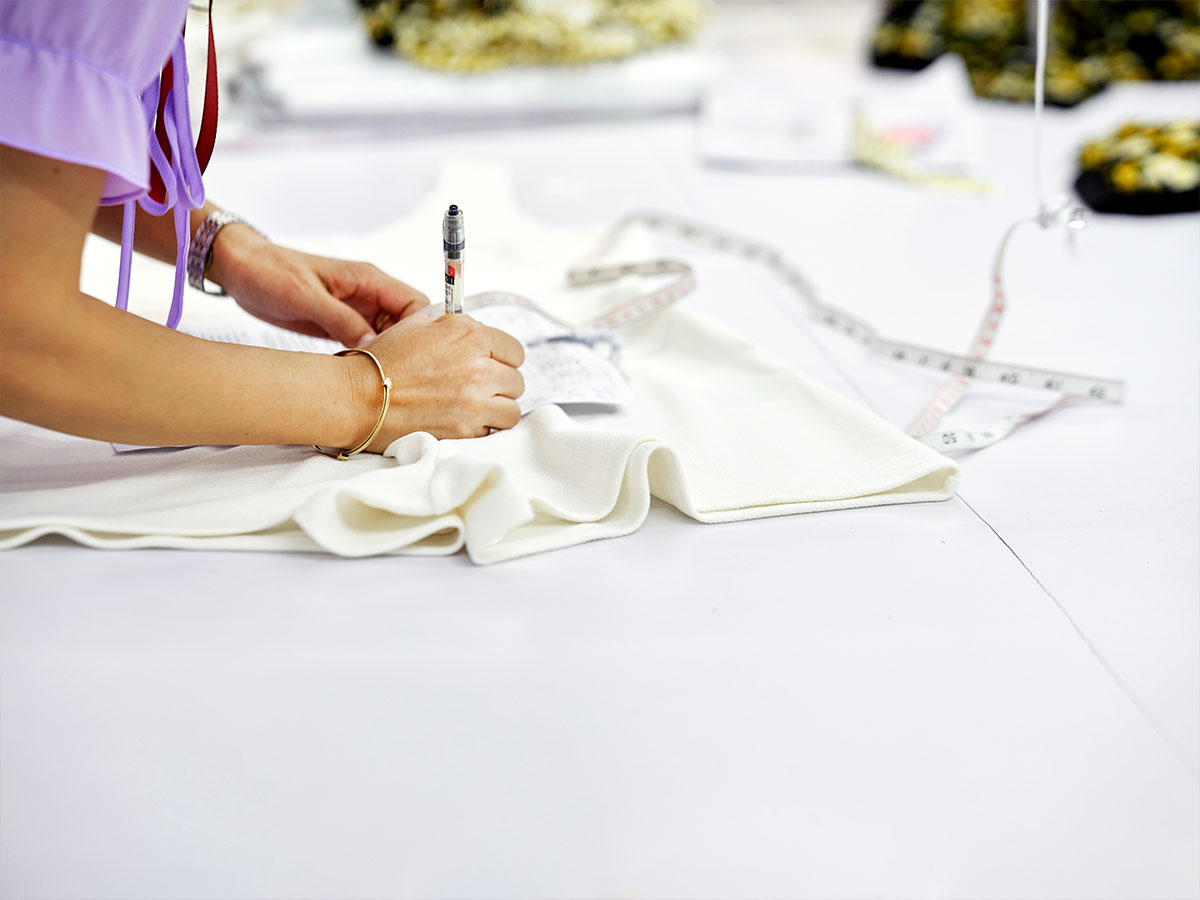To become a circular business, we need to design products that are used more, are easier to recycle and are made from safe, more sustainably sourced, or recycled materials. But we can’t achieve real change by ourselves. That’s why we have created Circulator — a digital tool and guide that any brand, designer or product team can use when designing for circularity.
Ann-Sofie Johansson on designing for circularity
Ann-Sofie Johansson is Creative Advisor at H&M. In this interview, she talks about how the Circulator has influenced the creative process.
How has the guide changed your approach to design?
I think it was a real eye-opener for the design team to work with the Circulator, understanding the possibilities and opportunities that come with designing for circularity and the power you have as a designer to design for circularity. How you can have an impact and contribute when thinking of circularity from the early stages in the design process.
How was designing for this collection different?
It’s a totally new mindset. New habits have to be implemented. Before, as a designer, you never had to think of the end of life of the garment. You just pursued an idea of a fashionable garment you thought the customer would appreciate. Now, you and the team have to ask yourselves a lot of questions, like who the product is for, how and when it will be worn, which materials to use and what production strategies to consider. It’s a long check-list. You have the whole lifespan of a product in your hands.
Designing for circularity is a new approach, what are your biggest learnings?
How challenging it is, but also by considering all those questions you realised that sometimes a small change can make a big impact. How many components a garment can consist of, and also how hard it is to make that garment recyclable when many of the components are in different materials and fabrics.
Did you see any challenges with this new approach to design?
Loads of challenges, it’s a completely new way of working. Better recycle techniques and processes are needed, new more sustainable materials that are easy to recycle are needed, new services and business models are needed. We are on to this but it has to be developed and scaled up faster. We had a lot of discussions about what circularity really means since it is a new term and approach to design.
Do you feel the guide contributed to the creative outcome, and if so, how?
It made us more creative, more open-minded and more aware of the choices we make. And just raising awareness is so crucial.
Looking ahead, do you feel this new approach using the Circulator guide affect how we approach trends?
In the long run, I think it will change our approach to trends but at the same time, we want freedom for fashion to be as creative and magical as it can be.
The challenge is to make circular fashion magical. And we can do that, just look at the “Circular Design Story”.






